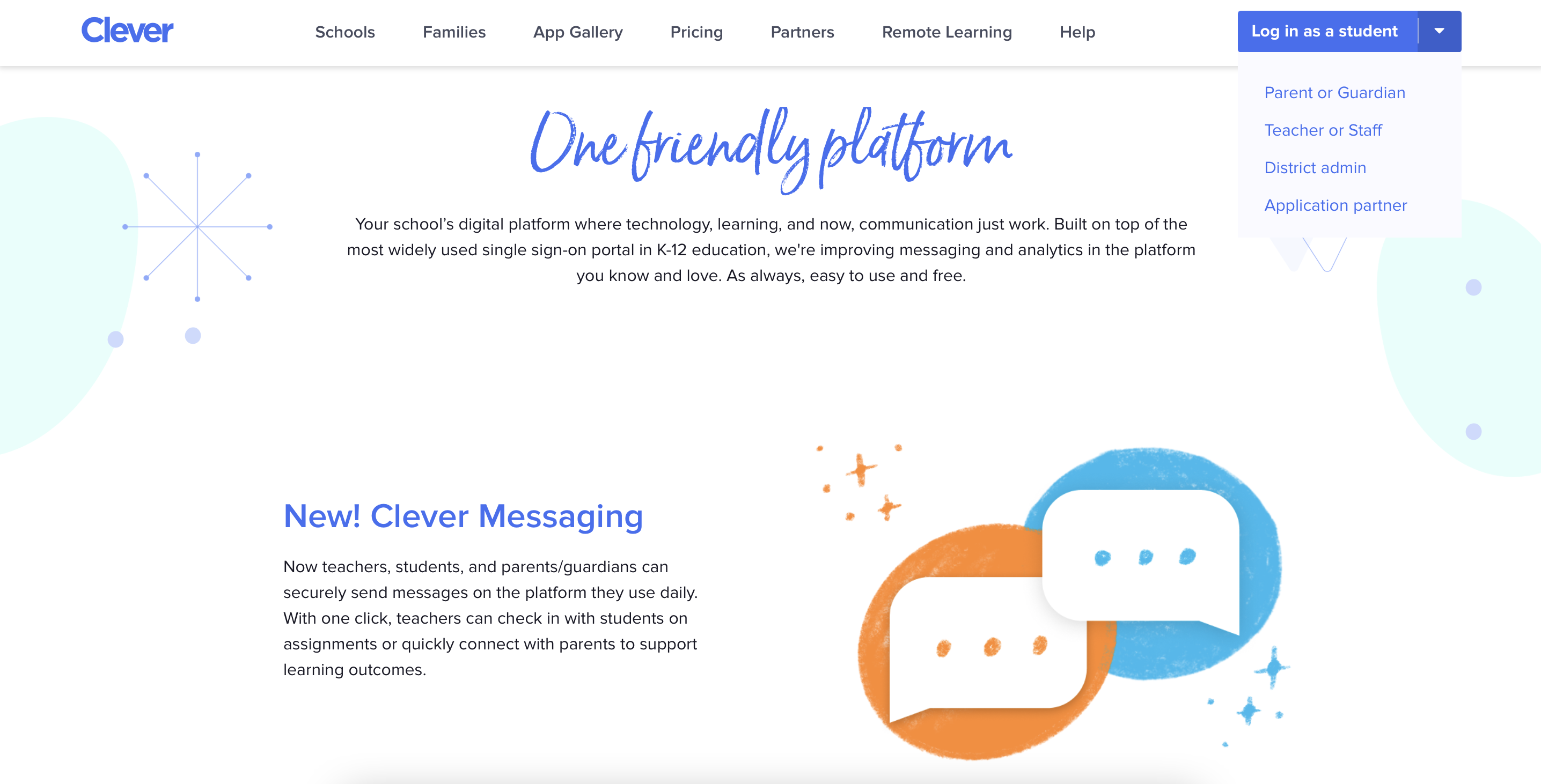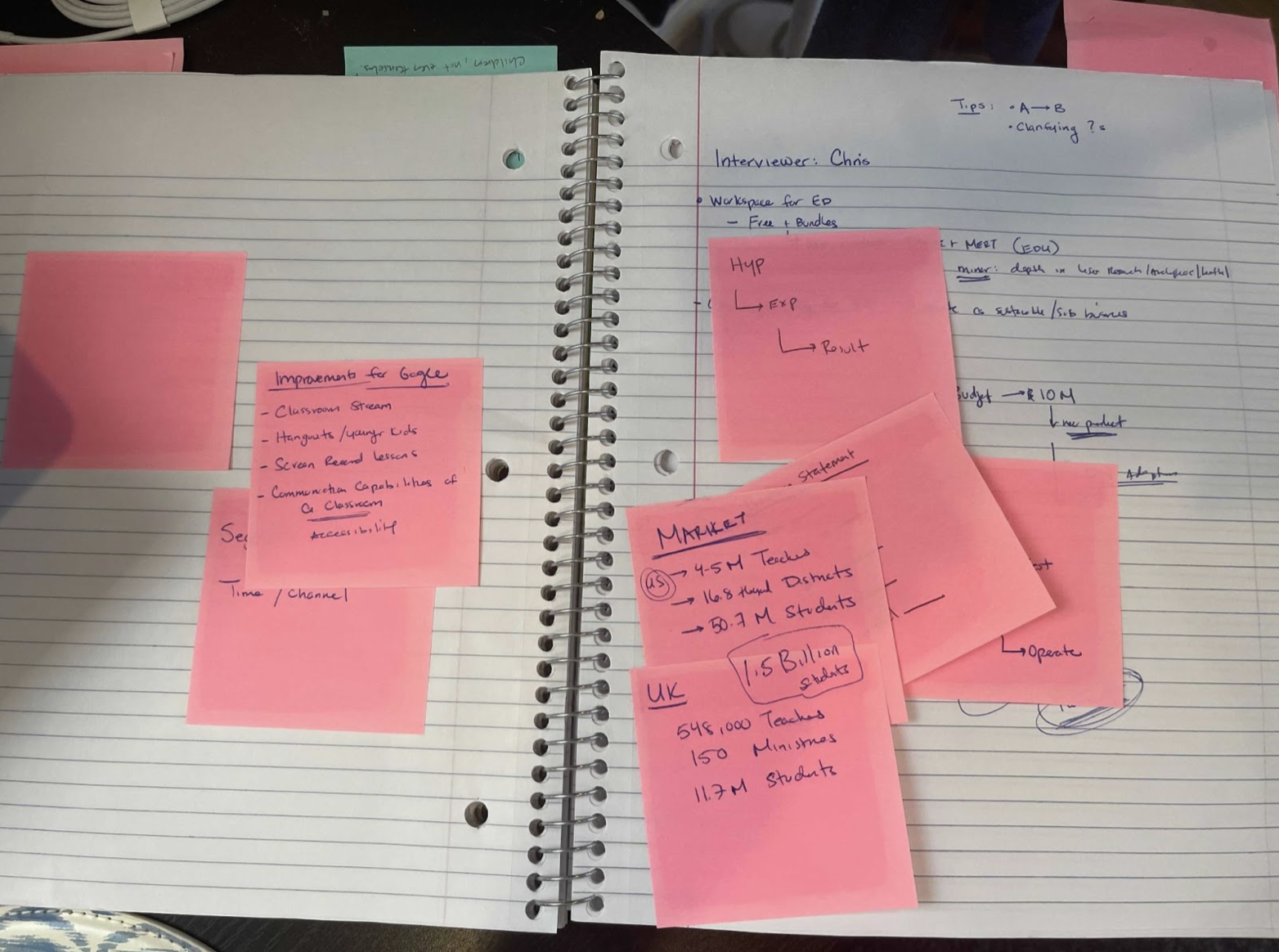How to approach PMM homework assignments
|
|
|
Types of HW assignments | Approach | Things to note
When interviewing for product marketing roles, more likely than not, you’ll have a “homework assignment.” Some assignments can be longer than others, but the ultimate goal of the assignment is to showcase your critical thinking, creativity, and public speaking skills to your potential teammates.
In my personal experience, this is the moment where I feel I can shine and show what I can do. I am a bit more extroverted than most, so I fully realize this part of the interview process can be completely daunting to some. I hope to share some insights into the process, some useful frameworks, and ways to help approach the interview process.
The PMM homework assignment (Top)
I’ve had a variety of homework assignments while interviewing for product marketing roles, but three questions stood out to me the most (and seem to be the most omnipresent across orgs).
- Case study: a company’s mock scenario
- Walk us through a product launch you’ve led in the past.
For this assignment, a company will create a relevant but fictional scenario you would face at the company as a product marketer. This could take the form of “we’re behind on launch, re-prioritize and pitch your case to move forward” or “we want to release a new product, how would you go about pitching your case to leadership…”
For example, I was given an assignment, at a major tech company known for it’s sleek designs and futuristic campus, that required me to moderate a conflict between marketing, engineering, and product that was threatening our launch date. In this scenario, the conflict was grounded in what users wanted from the product, what the product team thought the product should be, and engineers believing they didn’t have bandwidth to execute the product's plan. In this project, it was important to demonstrate your ability, as a PMM, to influence cross functional stakeholders while using data, team metrics, and company metrics as the guiding force to resolve conflicts. At the end, my output was a proposed solution that would please all the stakeholders and launch the product on time.
This assignment asks you to share previous experiences, from past roles, where you’ve led product launches from ideation to launch. This assignment may seem like the easier, more comfortable of the two, but it can also be tricky and overwhelming…more on this to come.
Regardless of which assignment you’re faced with, it is crucial that you showcase your talents! I like to think of the homework assignment and presentation as my moment to show just how critically I can think and how attuned I am to the art of marketing as well as the target company’s customers.
The approach (Top)
As mentioned, although the assignment can differ, the approach should ultimately showcase your creativity, critical thinking, influence, and public speaking skills. Below I will provide a framework that I use when preparing to execute a take home homework assignment.
Research
I cannot emphasize enough how important this part of the process is for success. Always research the company with which you’re interviewing. You’ve probably done some research about the company prior to interviewing (demographics, values, employee engagement, etc.), but the research you should do for an assignment is about their marketing. What’s their tone and style, popular channels, who are their competitors, and the general audience reception. For the first scenario outlined above (the case study) this information can really shape your planning and response to their mock scenario. Not only will it help generate ideas, but demonstrating a marketing plan that aligns with the company’s values and styles demonstrates, to the hiring manager, that you’ve done your research on this company and would be able to think/thrive in the company’s culture. That’s not to say you shouldn’t innovate and push the company’s marketing to the next level, but at least your baseline for innovation is aligned with the company’s current marketing.
Example: Clever Inc.

When examining the Clever website, you notice a distinct style and tone that resonates with target users. For those unfamiliar with Clever, it is a safe, secure SSO and rostering platform used to unlock a wealth of digital learning, so teachers can meet each student where they are. School can be engaging, personalized and fun for everyone.
Some clear branding and tone/style notes:
- Clever’s primary color is blue
- Clean, simple pages used to inform users with paragraphs, highlighting features
- Tone is friendly, yet informative
- Colors and layout are bright and welcoming; reminiscent of a classroom (on target for the audience)
💡 Shameless plug: Our PMM interview drills can help
Planning
After you spend some time researching the company, draft out what you will say. If you’re a bit “old-fashioned”, like me, and need something tactile (my first career was as a teacher, so I am all about binder paper and whiteboards) grab a notebook and/or whiteboard to draw out what your presentation will look like. I’m all about wireframing the story I am going to tell the audience, drawing lines to connect the ideas that will eventually lead to the big idea, plugging data points to certain moments, etc. This part can get messy! But, I think getting all of your ideas out on the page helps ensure you don’t miss a great point or feel like you didn’t prepare enough for the assignment.
My brainstorming process...
Drafting
Next, draft out your presentation in slides, powerpoint, etc. This is useful, so you can spend time editing and adjusting your slides. And, since you did all of that research prior, you can change up the slide designs and color schemes to be a bit more “on brand” for the company you’re presenting to during the interview; matching fonts, color palette, and tone for example.
I’d also say it is great to reach out to your network in this part of the process as well. If you have colleagues who are also friends in the industry, have them look over your presentation and share feedback. Your network is truly a great resource!
Rehearsal
This might sound obvious, but let me emphasize it anyway. Practice delivering your presentation, so you can showcase your public speaking skills. Also, this is a great way to catch any typos or formatting issues. There’s nothing like presenting a video clip or animation, and it NOT working during the presentation.
Confidence
Last but definitely not least is make sure you walk into the room confidently! However it is that you boost yourself up before an interview, do it. For me, I like to play some music (usually of the hip hop or reggaeton genre...Luis Fonsi and Myke Towers “Bésame” is a current favorite. The lyrics don’t relate to interviewing, but the upbeat vibe and fun, catchy instrumentals help distract me from the nerves of interviewing), it helps get my mindset set right. Even if it’s your dream job, walk into (or zoom into) that room like it’s yours. I know it is easy to get nervous, but take that energy and channel it into an engaging, informative, and personable presentation for your audience. And hey, at the end of the day, what is meant to be, will be. You got this! You have the skills no matter the outcome! There’s a two second pep talk for you, haha.
A caveat...or two (Top)
Okay, so I do have two things for you to keep in mind, or at least mention, about the homework assignment. One, it might be hard to dedicate as much time as you’d like to the assignment because you are also balancing a current full time role. I’ve been there, and my advice is to schedule some time with yourself after work hours to focus on this assignment. The extra work will pay off!
And the second caveat goes back to me mentioning that the second assignment (share a past experience) being an easier or “more preferred” assignment.
Some warnings about this assignment from personal interview experiences and also as a member of the interviewer panel:
- Don’t share confidential data from your previous role. You’ll want to share your successes, but make sure you change up the numbers and the story!
- Highlight the moments where you succeeded but also had to overcome adversity. It showcases your skills, but also employers know not every launch is perfect.
- “Ideation to launch” is a broad timeline. Highlight the key moments where you as the product marketer influenced, led, or impacted the company during the process.
It can be easy to think that sharing past experiences is the ideal homework assignment, but it can also lead you down a rabbit hole sharing too much or not the right information. For this assignment, hone your skills as a storyteller! Keep your narrative crips, concise and succinct; don’t stray away from the prompt.
Conclusion
All in all, the homework assignment for your product marketing interview is your time to display your talents. Take a deep breath, prepare, and deliver - you got this! Best of luck with your interviews, and I hope my framework helps you feel prepared.
P.S. Are you preparing for PMM interviews?
Real interview questions. Sample answers from PMM leaders at Google, Facebook, Amazon, Uber, PayPal and more. Plus study sheets on key concepts like positioning, GTM & more.



